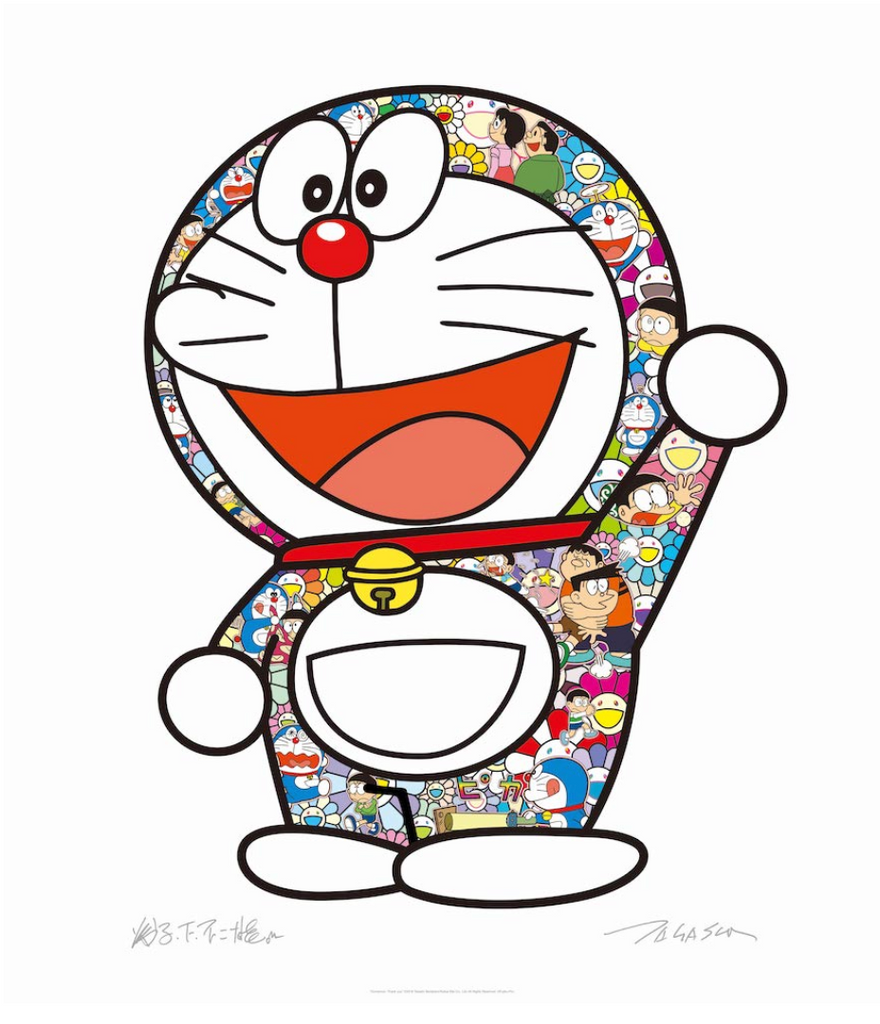Doraemon

The history of Doraemon begins with the creative genius of Fujiko F. Fujio, the pen name of the manga artist duo Hiroshi Fujimoto and Motoo Abiko. Doraemon made its debut in 1969 in a children's manga magazine called "Shogakukan's CoroCoro Comic." The manga quickly gained popularity due to its endearing characters, imaginative storyline, and relatable themes.
Set in the fictional town of Nerima, Tokyo, Doraemon follows the adventures of a robotic cat named Doraemon, who travels back in time from the 22nd century to aid a young boy named Nobita Nobi. Nobita, a clumsy and lazy elementary school student, faces numerous challenges in his daily life, and Doraemon's futuristic gadgets help him navigate through his troubles.
One of the distinctive features of Doraemon is its array of futuristic gadgets, stored in Doraemon's fourth-dimensional pocket. These gadgets, often referred to as "Doraemon's tools" or "Doraemon's gadgets," include items such as the "Bamboo Copter" for flying, the "Anywhere Door" for teleportation, and the "Time Machine" for time travel. These gadgets not only provide entertainment but also serve as vehicles for exploring moral lessons and social issues.
Doraemon's popularity soared beyond the pages of manga and into other media formats. In 1973, it was adapted into an anime series produced by Shin-Ei Animation. The anime further propelled Doraemon's fame, captivating audiences of all ages with its heartwarming stories and lovable characters. The catchy theme song, "Doraemon no Uta," became synonymous with the franchise and remains an iconic tune to this day.
Over the years, Doraemon has evolved into a cultural phenomenon, spawning multiple movies, video games, merchandise, and even themed attractions. Its universal themes of friendship, perseverance, and kindness resonate with audiences worldwide, transcending cultural boundaries.
Despite its lighthearted nature, Doraemon also addresses deeper societal issues, such as environmental conservation, bullying, and the importance of education. Its ability to blend entertainment with meaningful messages has contributed to its enduring popularity across generations.
In 1996, Doraemon received recognition as a cultural icon when the Japanese government designated it as a "Special Anime Ambassador." This honor reflects the profound impact Doraemon has had on Japanese culture and its significance as a symbol of creativity and imagination.
Today, Doraemon continues to enchant audiences globally, with its legacy spanning over five decades. Its timeless appeal and universal themes ensure that Doraemon will remain a cherished part of popular culture for generations to come.

Artist: Takashi Murakami x Doraemon
Title: Doraemon Thank You
Year: 2019
Edition: 1000
Size: 655×573.9mm
Medium: Offset print, with silver and high gloss varnishing
#takashimurakami #murakami #murakamitakashi #村上隆 #popart #kusama #nara #rokkaku #banksy #kaws #japan #tokyo #kawaii #doraemon
